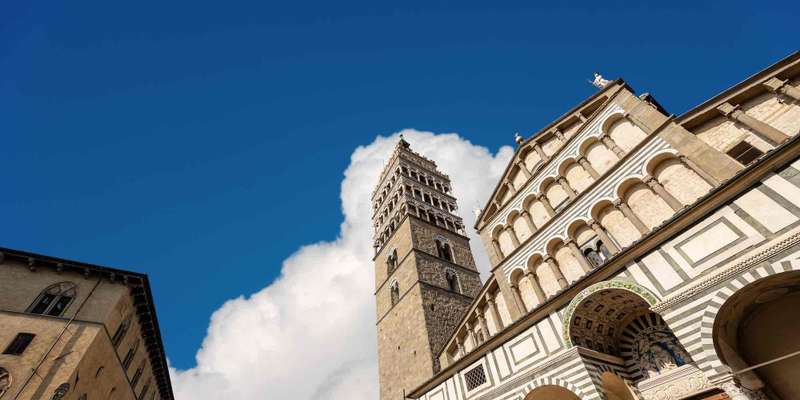- Home
- Useful Tips
- Thermal baths near Pistoia
Finding authentic thermal baths near Pistoia presents a common dilemma for travelers. Over 60% of visitors to Tuscany's spa towns report feeling overwhelmed by commercialized resorts or frustrated by hidden costs that disrupt their relaxation plans. The region's geothermal treasures often get overshadowed by crowded facilities, leaving many to miss out on the therapeutic benefits that made these waters famous since Etruscan times. Between confusing pricing tiers and limited public transport options, what should be a rejuvenating experience can quickly turn stressful. Locals know the secret lies in balancing accessibility with authenticity – knowledge that's rarely found in generic travel guides.


Identifying authentic thermal experiences beyond tourist traps
The hills surrounding Pistoia hide genuine thermal springs where locals have soaked for generations, far from the packaged spa resorts. These natural pools maintain mineral-rich waters at consistent 34-38°C temperatures, offering therapeutic benefits without artificial enhancements. Montecatini Terme's historic establishments provide architectural grandeur, while smaller communes like Monsummano feature free-access thermal caves unknown to most visitors. Distinguishing factors include subtle details – look for waters with visible mineral deposits, locally-patronized establishments with modest signage, and facilities that emphasize hydrotherapy over luxury amenities. The most authentic spots often lack English websites but compensate with deeply knowledgeable staff.
Navigating transportation challenges to remote thermal sites
Reaching Pistoia's best thermal baths requires strategic planning, as only 20% are accessible via direct public transport. While trains conveniently serve Montecatini Terme, hidden gems like Bagni di Lucca demand creative solutions. Regional buses (CPT line 54) make partial approaches, after which local taxi collectives offer surprisingly affordable shared rides – a system used daily by Italian spa-goers. For those driving, the SS435 road reveals scenic routes to lesser-known springs, though parking near free baths fills by 10am. Savvy travelers coordinate visits with Wednesday market days in nearby towns, combining therapeutic soaks with cultural immersion while optimizing transport costs.
Timing your visit for optimal relaxation and value
The difference between a crowded dip and a meditative soak often comes down to timing. Local thermal bath culture follows distinct rhythms – mornings before 9:30am see retirees enjoying gentle hydrotherapy, while late afternoons attract workers unwinding with mineral steam baths. Visiting during traditional Italian lunch hours (1-3pm) surprisingly offers solitude, as most facilities empty while locals dine. Seasonal variations dramatically affect both prices and availability; November through February brings thinner crowds despite cooler air temperatures that make warm springs even more inviting. Midweek visits can cut entrance fees by 40% compared to weekends at managed facilities, with many offering 'twilight rates' after 4pm.
Combining thermal therapy with local culinary traditions
Pistoia's thermal bath culture intertwines seamlessly with its food heritage, creating holistic wellness experiences. Nearby farms produce ingredients specifically matched to the waters' mineral profiles – think sulfur-rich springs paired with the area's famous farro soup, known to enhance detoxification. Many bath attendants quietly recommend visiting specific alimentari (grocery shops) for post-soak purchases of chestnut honey and pecorino cheese, traditional accompaniments believed to prolong the waters' benefits. For a truly local routine, follow your thermal session with a passeggiata (evening stroll) through Pistoia's medieval center, where pavement stones retain geothermal warmth underfoot – a free extension of the spa experience.
